
US, Iran release prisoners in $6 billion swap deal
Arch-foes the United States and Iran each released five detainees on Monday in a prisoner swap deal that also gives Tehran access to $6...
1970-01-01 08:00

Planned Parenthood resumes offering abortions in Wisconsin after more than a year
Planned Parenthood has resumed offering abortions in Wisconsin at clinics in Madison and Milwaukee
1970-01-01 08:00

Benjamin Netanyahu is expected to confront Elon Musk about antisemitism on X Monday
Israeli Prime Minister Benjamin Netanyahu is set to meet with X owner Elon Musk on Monday, where he is widely expected to confront Musk on his social media platform's handling of antisemitism.
1970-01-01 08:00
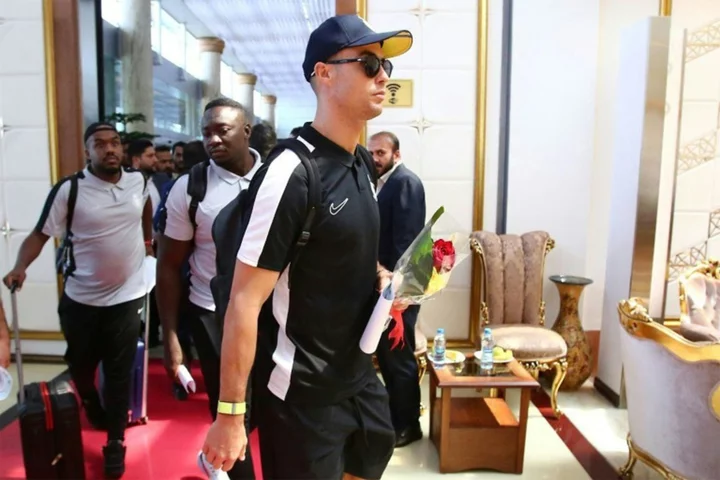
Iranians give Ronaldo an excited welcome in Tehran
Crowds of Iranian football fans gave Cristiano Ronaldo a rapturous welcome on Monday as his Saudi team arrived in Teheran for the first home-and-away club tie since...
1970-01-01 08:00
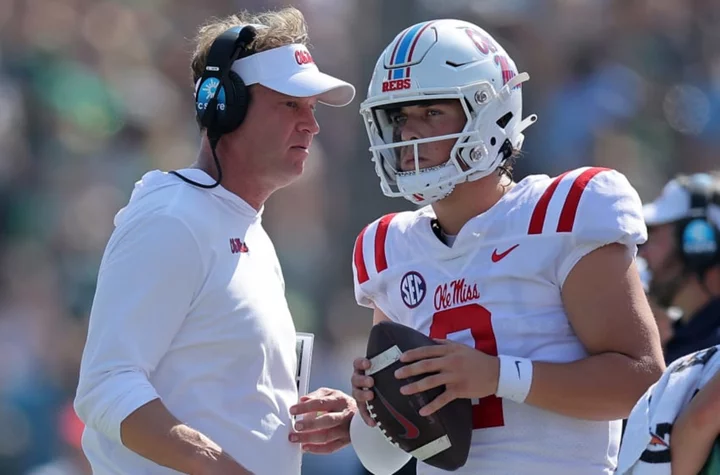
Lane Kiffin thinks Nick Saban demoted Alabama DC Kevin Steele
Lane Kiffin is preparing for a very different defensive game plan from Alabama in Week 3.
1970-01-01 08:00
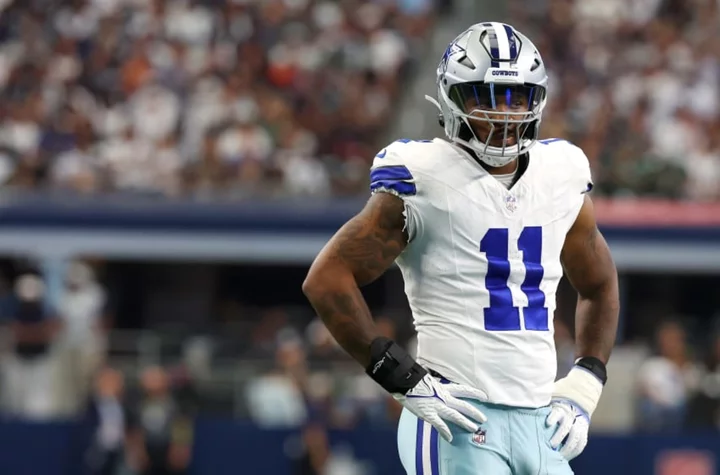
3 reasons Cowboys are legitimate Super Bowl contenders, 1 they’re not
The Dallas Cowboys have started 2-0 with an aggregate score of 70-10. They are starting to look like viable Super Bowl contenders in all but one way.
1970-01-01 08:00
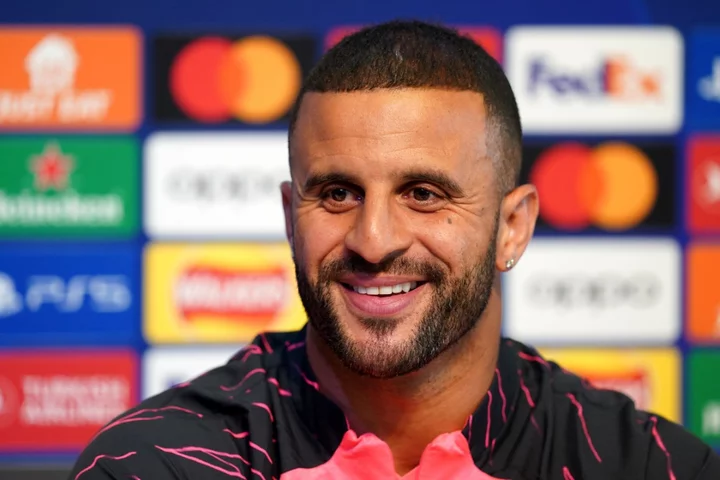
Kyle Walker says Man City ‘start at the bottom of the mountain’ this season
Kyle Walker claims Manchester City consider themselves back at the bottom of the mountain again this season. City scaled the heights last term as they became only the second English team to win the treble of Champions League, Premier League and FA Cup. Now, as City prepare to begin the defence of their European crown at home to Red Star Belgrade on Tuesday, Walker has revealed manager Pep Guardiola wants them to prove themselves all over again. The England right-back said at a press conference: “It’s our job to stay motivated. We’re at a massive club for a reason, because the manager believes in us and we’re all great players. “It comes from within that you have to keep going. The hunger is still definitely in the changing room and from him as a manager as well. He still wants to win more. “You can see what he is like in games and training. He doesn’t settle for second and we need to follow in his footsteps because he has managed some great teams that have won fantastic things. “What we have done is in the past now. It is a new season, you draw a line under it. “The manager did a diagram for the first game of the season. We start at the bottom of the mountain and we are climbing to the top. “Our flag will always be at the top because we have won the Premier League and Champions League but we have to go again and again. It is what separates the good teams from the great teams.” I've been very honoured (so far) and it's a privilege to lead this special group of players out Kyle Walker Walker has captained the team so far this season and looks likely to retain the armband following a squad vote to find a permanent successor to the departed Ilkay Gundogan. Walker would not reveal who came top in the vote, which has taken place in recent days, other than to confirm he has been nominated as one of the group of five senior players who make up the captaincy group. However, with the other main contender for the job, Kevin De Bruyne, currently out injured, it would be a surprise if the 33-year-old did not lead out the team for the Group G clash against Red Star. Walker said: “The captains’ vote has come in and the five captains that have been chosen that will lead the team for the season and make sure all checks and fines are paid up. “I don’t think the order really matters but it’s down to myself, Kevin, Rodri, Ruben (Dias) and Bernardo Silva. “I’ve been very honoured (so far) and it’s a privilege to lead this special group of players out. “I will continue to do that and hopefully lead by example on and off the field to ensure we are collecting the trophies at the end of the season.” Read More Charity boss speaks out over ‘traumatic’ encounter with royal aide Ukraine war’s heaviest fight rages in east - follow live AC Milan’s Fikayo Tomori relishing clash with former team-mate Sandro Tonali Attacking play and big-game wins – Roberto De Zerbi’s first year at Brighton Paul Collingwood backs Zak Crawley to excel in role of England captain
1970-01-01 08:00
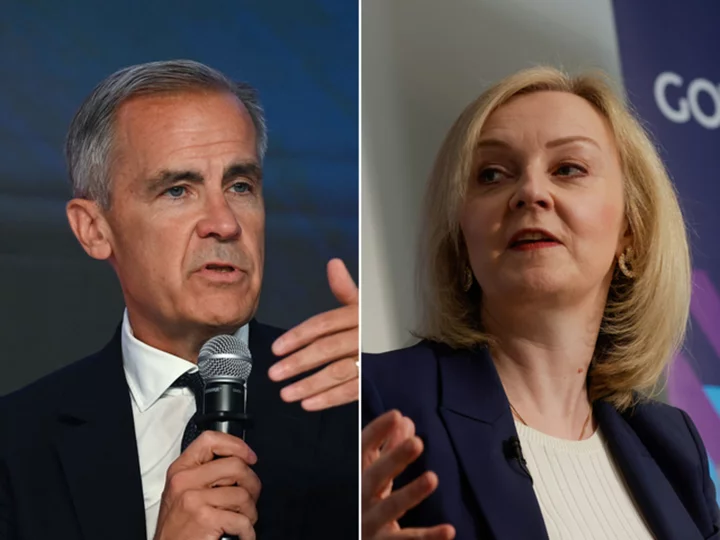
'Argentina on the Channel.' Mark Carney and Liz Truss clash over UK economy
When Liz Truss was briefly Britain's prime minister a year ago, the world's sixth-largest economy came close to resembling Argentina, a country plagued by financial and economic instability.
1970-01-01 08:00
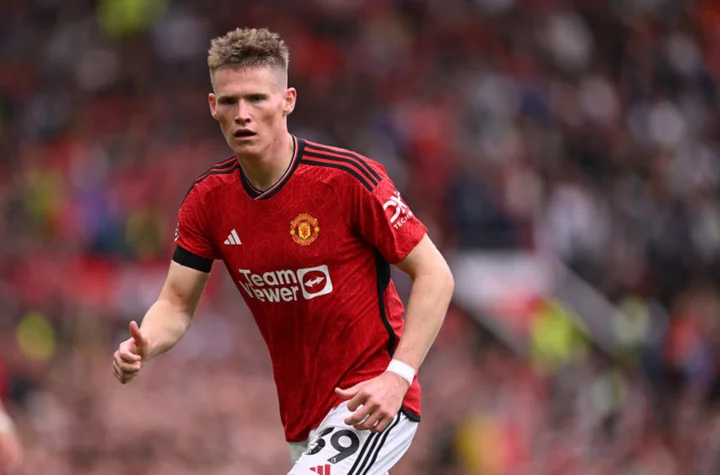
Premier League rumors: McTominay to Bayern, Paqueta to Newcastle, Wilder to Sheffield United
Today's Premier League rumors include Scott McTominay being linked with Bayern Munich. Newcastle are interested in signing Lucas Paqueta and Chris Wilder could be set for a sensational return to Sheffield United.
1970-01-01 08:00
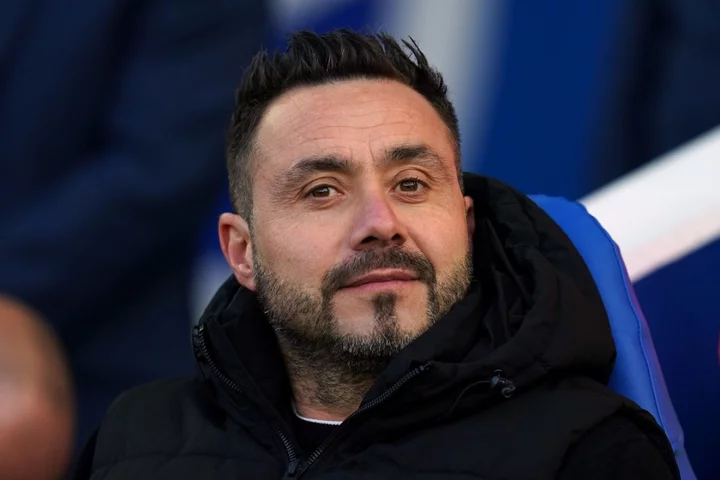
Attacking play and big-game wins – Roberto De Zerbi’s first year at Brighton
The eyebrows that were raised when Brighton replaced Graham Potter with Roberto De Zerbi have been put firmly in their place over the last 12 months. It was on September 18 a year ago, only 10 days after Potter’s departure for Chelsea, that the Seagulls announced their new boss would be a little-known Italian. Brighton chairman Tony Bloom had identified De Zerbi as his next managerial target some time before after being impressed by his work in Italy with Benevento and Sassuolo, which then continued when he moved to Shakhtar Donetsk. Arriving at Brighton with little English and big boots to fill, it was perhaps not surprising it was seen as a risky move but the only question now is how long the Seagulls will be able to hang onto him. De Zerbi did not win any of his first five games in charge but thumped Potter’s Chelsea 4-1 for his maiden victory and did not look back. Premier League highlights included the double over Chelsea and wins over Liverpool, Manchester United and Arsenal while they also beat Liverpool during a run to the semi-finals of the FA Cup that only ended with a penalty shoot-out loss to United. Brighton eventually finished sixth, securing European football for the first time in the club’s history with a place in the Europa League. And they have picked up where they left off this season, winning four of their opening five matches, including back-to-back 3-1 wins over Newcastle and Manchester United. That is despite again selling a number of their star performers, with Moises Caicedo and Robert Sanchez heading to Chelsea and Alexis Mac Allister to Liverpool. Selling on players and reinvesting the money in potential stars of the future is central to the Brighton model. Marc Cucurella, Yves Bissouma, Leandro Trossard, Ben White and Dan Burn have all departed the Amex Stadium for bigger Premier League names in recent seasons while the likes of Kaoru Mitoma and Evan Ferguson are sure to be on many wishlists. The no-nonsense De Zerbi has clearly had a big impact on the players he has worked with, and Lewis Dunk opened up on the Italian’s methods after regaining his place in the England squad. “Football-wise, since the new manager at Brighton has come in I see football in a completely different way, I picture it in a different way and that is the biggest thing,” he said earlier this month. “Football is not what I thought it was. Just how we play now. The idea of what I did before, I thought it made sense. But when you learn something completely different, you believe in it and this makes sense. “You think, ‘Why didn’t I know this?’ and, ‘Why didn’t I do this before?’ “(I) know every position on the pitch and where they should be. The time they should move and what angles they should give. We see it every day and it makes life simpler.” That attention to detail and precision is at the heart of De Zerbi’s footballing philosophy, with Brighton widely praised for their attacking panache and high-energy game. Balancing trying to take another step forward in the Premier League this season with the demands of European football is a new challenge for De Zerbi but, based on the last 12 months, it would be no surprise if he found the right formula. Read More Charity boss speaks out over ‘traumatic’ encounter with royal aide Ukraine war’s heaviest fight rages in east - follow live Paul Collingwood backs Zak Crawley to excel in role of England captain Pep Guardiola challenges Man City to win back-to-back Champions League titles Conor Murray: Ireland squad in ‘unbelievable nick’ ahead of South Africa clash
1970-01-01 08:00
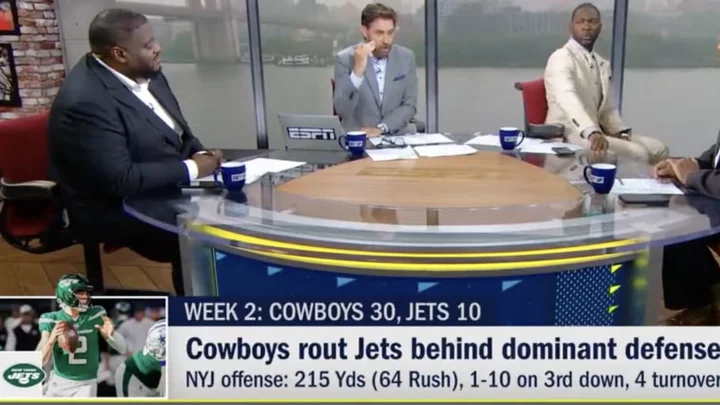
Mike Greenberg Wants Jets to 'Beg' Vikings For Kirk Cousins Because Zach Wilson 'Is Not an NFL Quarterback'
It was quite a rant.
1970-01-01 08:00
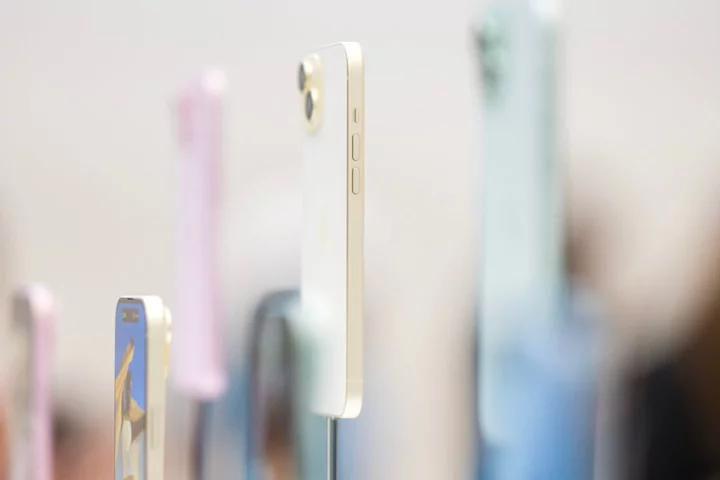
iPhone 15 Pro: How Apple made the smartphone into a camera like none before it
The iPhone is a lot of things. It's a social networking portal, it's a games console – sometimes it's even a phone. For Apple's Jon McCormack, Apple's vice president for camera software engineering, it's "primarily a camera that you can text from". It wasn't always this way. When Steve jobs introduced the iPhone in 2007, he famously described it is an iPod, a phone and an internet communications device; the first iPhone had a camera, new iPhones are cameras. The pictures that first iPhone turned out were more useful than beautiful. Today, however, the iPhone's pictures have grown up, and it is now the most popular camera in the world. Now the question is how sharp the pictures should be, and there has even been some criticism that the pictures it turns out are too sharp, if anything. The iPhone's camera is no longer just a useful addition but is used in professional contexts, and is often given as the main reason to upgrade to new models. The new iPhone 15s, in particular the premium Pro and Pro Max, continue Apple's mission to turn its smartphones into cameras like nothing in the history of photography. They have new image formats, the addition of extra focal lengths, and the iPhone 15 Pro Max even includes a 5x lens that makes use of a "tetraprism" lens that bounces light around inside the phone to add dramatically more zoom without making the phone any bigger. All of that additional hardware works in collaboration with improved software: users no longer have to click into portrait mode, for instance, because the camera automatically captures depth information when taking a picture of people, so that background blur can be added and edited even after the photo has been taken. Apple has also added a host of features that many people are unlikely ever to even look at, let alone use, but are important to professionals. They include the addition of Log encoding and the Academy Color Encoding System – both key to those who need them. Apple also says that the new iPhone has "the equivalent of seven pro lenses", despite really only having three; what they mean is that you can choose different crops, which is in part an attempt to appeal to those professional photographers who stubbornly say that they will only ever work with a 50mm lens, for instance. (Those new lens choices are not only a cropped version of the existing lenses, says McCormack, since the phone also has custom neural networks specifically designed to optimise images at that focal length.) Those complex new features are a reminder that the iPhone is many things to many users: some may simply want to remember important events, or snap pictures of their pets. Others might be truly professional photographers, needing to rely on their iPhone to capture valuable and fleeting events. Some people are, no doubt, both – and Apple is aware that the iPhone has to be both, too. "For us, what we feel is really important – especially since computational photography started to blur the line between hardware and software, and really enable anybody to take stunning shots with minimal effort – is making sure that that tool that we have in your pocket is adapting to your needs," says Maxime Veron, Apple's senior director for iPhone product marketing. "So if you're just trying to take a quick photo of your kids can get out of the way and just allow you to do that. And if you want to create a professionally created Hollywood style video, it can also give you the customisation and the power to do that." McCormack says that Apple builds the camera from "the core belief that everybody has got a story that is worth telling". For some people that story might be their child taking their first steps, captured in a video that will be shared with only a few people. Or it might be a photojournalist taking images that are going to be shared with millions. "Our belief is that your level of technical understanding shouldn't get in the way of you being able to tell that story," he says. High-end cameras have often required their users to think about a whole host of questions before they even get to actually pressing the button to take a picture: "the temperature of light, the amount of light, the direction of light, how fast is the subject moving? What are the skin tones?" notes McCormack. "Every second that you spend thinking about that, and playing with your settings and things like that, are seconds that you are drawn out of the moment," he says. "And what we want to create is this very deep connection between the photographer, the videographer and the moment." He points to the action button on this year's Pro models, which can be programmed to launch the camera with a push. "It's all about being able to say all of this crazy complexity of photography, or videography – Apple's taken that, and understood that, and hidden that from you," he says. "You as a photographer, you get to concentrate on the thing that you want to say, and finding that decisive moment, finding that beautiful framing, that says the thing that you want to say. "But the motivation for all of this and using all of this crazy, great computational photography, computational videography, is that we don't want to distract you from telling the story that you want to tell." That has meant building the iPhone's camera in a way that the features "unfold", he says. "Out of the box, we are going to give you an amazing thing that is going to cover most of your moments, with lots of dynamic range, lots of resolution, zero shutter lag, so you can capture the moment. "But of course, there are folks who are going to look at this and say, you know, I've got a very specific and very prescriptive vision," he says. He points to a variety of new tools that are built into the phone, such as the ProRAW format, which makes huge files and is not especially useful to most – but can be key to someone who really wants to ensure they are able to process every detail of a photograph after it is taken. Those are hidden within settings, there for the people who need them but not troubling those who don't. Veron also notes that many of those extra features are enabled by "an amazing ecosystem of third party partners" who make apps that allow people to get features they are looking for. It is a reminder of just how much is going on as soon as someone takes a picture with the iPhone. First, light travels through one of Apple's three lenses and hits a 48 megapixel sensor – but that's just the beginning of a long process of computational photography that analyses and optimises that image. The picture that is taken is not just the one image, for example: it is actually made up of multiple exposures, with more or less light, that can then be merged into a picture with the full dynamic range. "This year for the first time, we merge them in a larger resolution," says McCormack. It takes one image in 12 megapixels, to give a fast shutter speed and plenty of light, by combining pixels together; then it grabs a 24-megapixel frame, which collects the detail. "Then we register those together and use a custom machine learning model to go and transfer the detail from the 48 over into what has now become a 24." That creates something like the negative in old camera terms, which the iPhone’s processor can then get to work on, using parts of its chip focused on machine learning. "We use the neural engine to go decompose that photograph, bit by bit." It will notice if people have different skin tones, and develop those parts of the image accordingly; hair, eyes, a moving background and more are all taken to pieces and optimised on their own. (The intensity of that process has occasionally led to questions over whether the phone is working too hard to make its images look good.) Then there's yet more work for the camera system. The iPhone uses tonemapping to ensure that images pop on the bright screens of modern iPhones, but also that they still look bright on a compressed image that might be sent around the internet; one of the many changes that smartphones have brought to photography is that, for the first time, the photos are mostly looked at on the same device they were taken with, but that they can also be sent and seen just about anywhere. If the image is taken using night mode, then there's even more work, with new tools that ensure that colours are more accurate. And that isn't even mentioning portrait mode, which when it registers that there is a person (or a pet) in the frame will gather the relevant depth information to ensure that the background can be manipulated later. That whole process – those five paragraphs, and thousands of calculations by the phone – happen within the tiniest moment after pressing the button to take the photo. The phone may look as if it is serenely offering up an image to its users, but it has been busily working away in the background to ensure the picture is as accurate and vibrant as possible. All that work done by the camera and the rest of the device depends on a variety of choices made not only by the iPhone but by Apple, which accounts for the look of the modern iPhone picture – Veron says that its aim in making those decisions is to make "beautiful, true-to-life memories in just one click". McCormack is clearly keenly aware of the responsibility of that task; his vision decides what the world's memories look like. "This is your device that you carry with you all time the time, and we want to be really, really thoughtful of that," he says. That responsibility carries into the design of the camera within the phone: rumours had suggested that this year's model would include a "periscope" design for the long zoom, bouncing the light through the length of the iPhone, but McCormack says that Apple went for the five-way prism to ensure that it could "both retain the industrial design that we want, to just make iPhone feel so good in your hand, but also be able to get that extra focal length". "It is just of one of those crazy things – only Apple is going to do something like that. And I'm really glad that that's the way we think about product." Read More Tim Cook says Vision Pro release is on track: ‘I watched Ted Lasso Season 3 on it’ Apple Store goes offline as Apple opens pre-orders for iPhone 15 Apple to update iPhone 12 after fears over radiation iPhone 12 is not emitting dangerous radiation, Apple says, amid fears of Europe ban France’s iPhone 12 ban could spread across Europe, regulators say Everything Apple killed off at iPhone 15 event
1970-01-01 08:00
